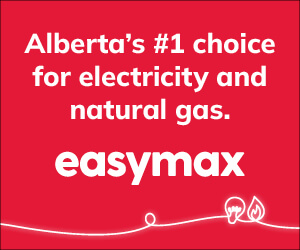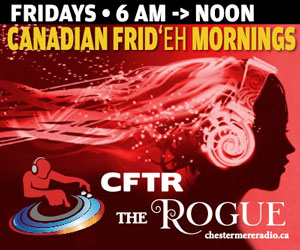
Lost in the beer-soaked mists of time, Calgary’s historic Inglewood neighbourhood once held an iconic brewery.
The empty shell still sits on the eastern end of 9th Avenue, a reminder of bygone days.
Let’s have a bit of a history lesson before we talk about that golden liquid we all know and love.
A.E. Cross was a prominent rancher in Calgary back in the 1890’s, and was one of the four founders of the Calgary Stampede. Hint: he’s one of the four in the “Big 4” building on the Stampede Grounds.
In 1892, Cross established the Calgary Brewing and Malting Company in Inglewood, just a stone’s throw away from the provincial heritage site known as A.E. Cross House, currently the location of the high-class Rouge restaurant.
The brewery is located where it is due to an underground artesian well that provided the water to the brewery. As with all beers, the water makes all the difference.
Back in 1892, this was pretty much the only large-scale brewery in all of Western Canada, so business was understandably booming. Profits were continuously reinvested, and the brewery expanded several times over the decades.
The brewery even survived during the dark days of Prohibition in Alberta (1916-1924) by exporting their beer to Mexico, whose domestic brewing industry was still in its infancy.
In the 1960’s, there was even a huge saltwater aquarium on the brewery grounds that was open as a public attraction. This is about the time that A.E. Cross sold the site to Canadian Breweries, which became Carling O’Keefe in 1973. Yes, gentle reader, the tangled web of brewery ownership over the years is more confusing than Father’s Day on a hippie commune.
Sadly, interest in Calgary Beer waned in the 1980’s, and Carling O’Keefe stopped selling to the Alberta market in 1985, although it has continued to sell well in Saskatchewan to this very day.
Carling O’Keefe was then acquired by Molson in 1989, and moved the production to the Molson facility in Vancouver. Most people agree that this changed the beer significantly, as so much of the beer flavour comes from the particular water chemistry used in brewing.
The artesian well fed by the aquifer running underneath Inglewood in Calgary was fairly high in calcium, due to the spring runoff from the limestone-based Rocky Moutains, making Calgary’s water supply much harder than the water in Vancouver.
This has a significant effect on the brewing process, as the water hardness greatly affects the taste.
Speaking of taste, Calgary Beer was much like its contemporaries way back in 1892; a fairly bland lager that appealed to the mainstream beer drinker of the time.
Those who drink Labatt Blue, Molson Canadian, or even, Saints preserve us, Pabst Blue Ribbon will feel right at home chugging a few bottles of Calgary Beer at your next kitchen social or tailgate party.
This won’t be a craft beer to give to that beer geek on your shopping list who can name all the domestic and international hop varieties, but it’s a perfectly quaffable mainstream beer.
So, is Molson truly reaching out to reconnect Calgary with its historic namesake beer, or is this but a cynical marketing ploy to rake in more of that filthy lucre that the megabrewies love so much?
Your humble narrator has a somewhat jaded view of the megabreweries, so will reserve judgement until we see just how long Molson continues shipping Calgary Beer to this province.
There was a one-off shipment to Calgary for the 1988 Olympic Games, and again in 1992 for the 100th anniversary of the original Calgary Malting and Brewing facility. Since that time, there have been 20 dry years that Calgary Beer was only available in Saskatchewan, where it has continued to do well.
However, a trial run of 150,000 bottles has recently arrived in Calgary. Molson is considering bringing the beer back to the Alberta market permanently if it does well, so I am calling upon all patriotic beer drinkers to do their part by knocking back a few cold ones.
You can pick up a six-pack of Calgary Beer at local Sobey’s and Co-op liquor stores, or enjoy it by the bottle at Original Joe’s restaurants. There was only a limited run of 150,000 bottles, so be sure to get one soon!






